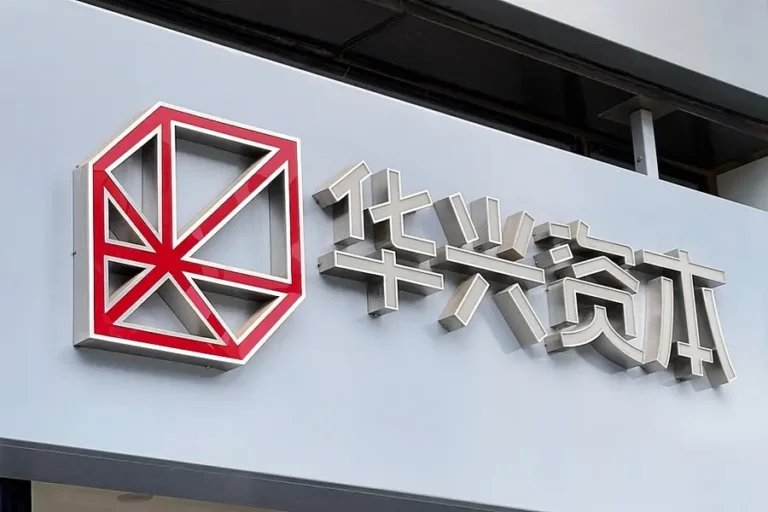China Renaissance is making a bold move to revive its business. The investment firm has announced a $100 million plan to invest in cryptocurrencies, betting on the booming digital asset market to counter declining profits in a struggling Chinese economy.
The company’s board approved the plan to invest internal funds into Web 3.0 technologies. These include blockchain-based platforms and digital currencies. This decision also comes more than two years after the company’s founder was detained on bribery charges. To strengthen its strategy, China Renaissance has appointed tech expert Fu Frank Kan as an independent director. Kan brings strong experience in digital finance and is known for co-founding Math Global Foundation, a company focused on digital wallets and software.
This push into cryptocurrencies marks a significant shift for China Renaissance. Its core investment banking activities have suffered due to reduced deal-making and weak economic conditions in China. In 2023, the company reported a 23% drop in revenue, excluding investment gains, down to 777 million yuan or about $108 million. While there is hope that Hong Kong’s improved IPO market may help the company recover, no official forecast has been given.
Meanwhile, the cryptocurrency sector has been on a strong upward path. Bitcoin prices have soared, surpassing $100,000, representing a 70% rise over the past year. The total value of all cryptocurrencies now exceeds $3 trillion. According to CoinGecko, the daily trading volume for the top five coins reached nearly $90 billion recently. That number is close to 16% of what the Nasdaq traded on its busiest day last week.
In its official statement, China Renaissance said it sees great future growth in Web 3.0 and digital assets. The company believes these technologies align with global finance trends and could unlock long-term value.
However, the crypto market is known for sharp rises and falls. After a long slump, the recent bull run has attracted new investors, but risks remain. If prices fall again, returns could vanish quickly. Even so, many experts believe this time could be different. Major firms such as JPMorgan and Goldman Sachs are now engaging in crypto activities. Governments are also starting to create better rules to support digital assets.
One example is the U.S., where political support for crypto is growing. President Donald Trump recently declared his goal to make the U.S. the world’s crypto leader. In Hong Kong, authorities are also pushing forward. A new government policy outlines steps to build a strong digital asset sector with clear regulations.
These changes may have played a role in China Renaissance’s decision. The company says its strategy matches Hong Kong’s plans to boost Web 3.0 and virtual assets. Even though cryptocurrency trading remains illegal in mainland China, Hong Kong is becoming a hub for innovation in the sector.
This is not China Renaissance’s first venture into the crypto world. In 2018, the company invested in Circle Internet Group, the issuer of the USDC stablecoin. That investment has been profitable, with Circle’s stock doubling on its first trading day after an $18 billion IPO. Circle is now applying for a trust banking license in the U.S., which may further increase its value — and China Renaissance’s returns.
Details about how the new $100 million will be used remain limited. The company may choose to invest in crypto firms or directly trade digital tokens. It mentioned both options, including a focus on stablecoins like USDC. At the same time, it warned investors about the risks tied to crypto trading, such as volatility and uncertain returns.
The $100 million is a major part of China Renaissance’s available funds, equal to over half its cash reserves. This shows how urgent the company’s need is to rebuild after years of losses and the fallout from its founder’s legal troubles.
After a long trading suspension due to the founder’s disappearance, China Renaissance’s stock has recovered somewhat. Yet, it still trades well below its 2018 IPO price. Its price-to-sales ratio is now about 2.5, similar to that of CICC, a top local rival.
Whether this cryptocurrency gamble will lead to a full turnaround remains unclear. But if it succeeds, it could push China Renaissance back into growth — and restore its place in the financial world.







